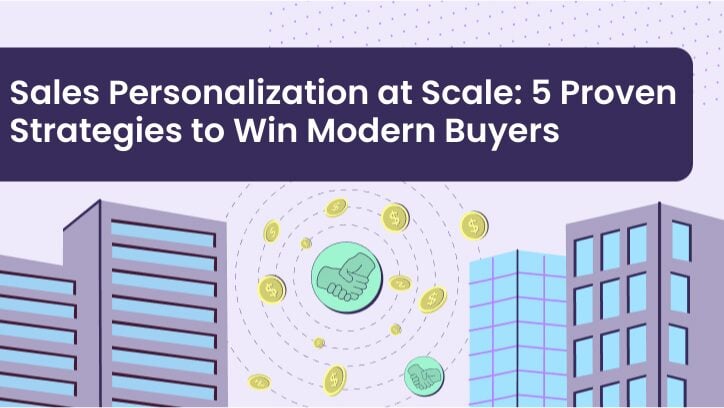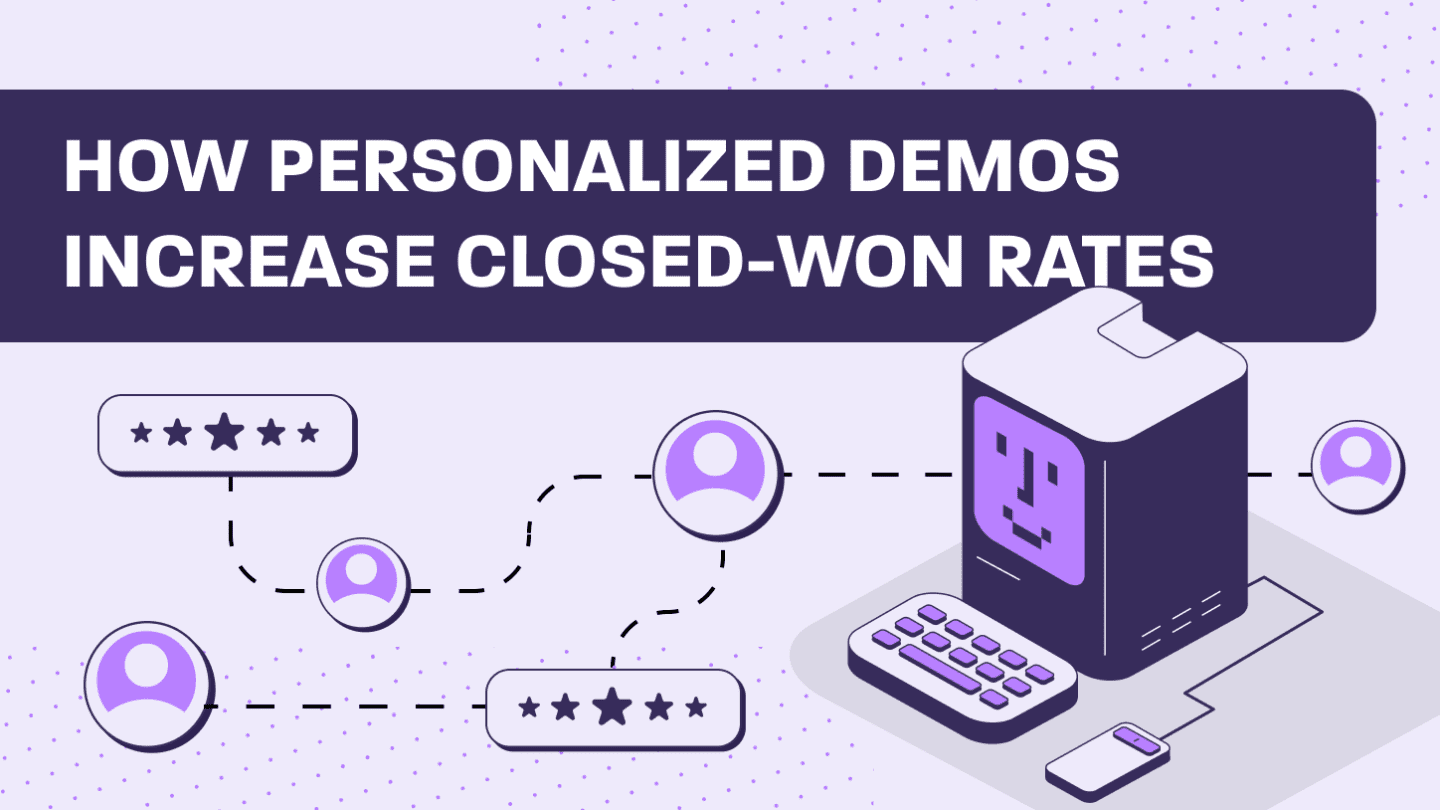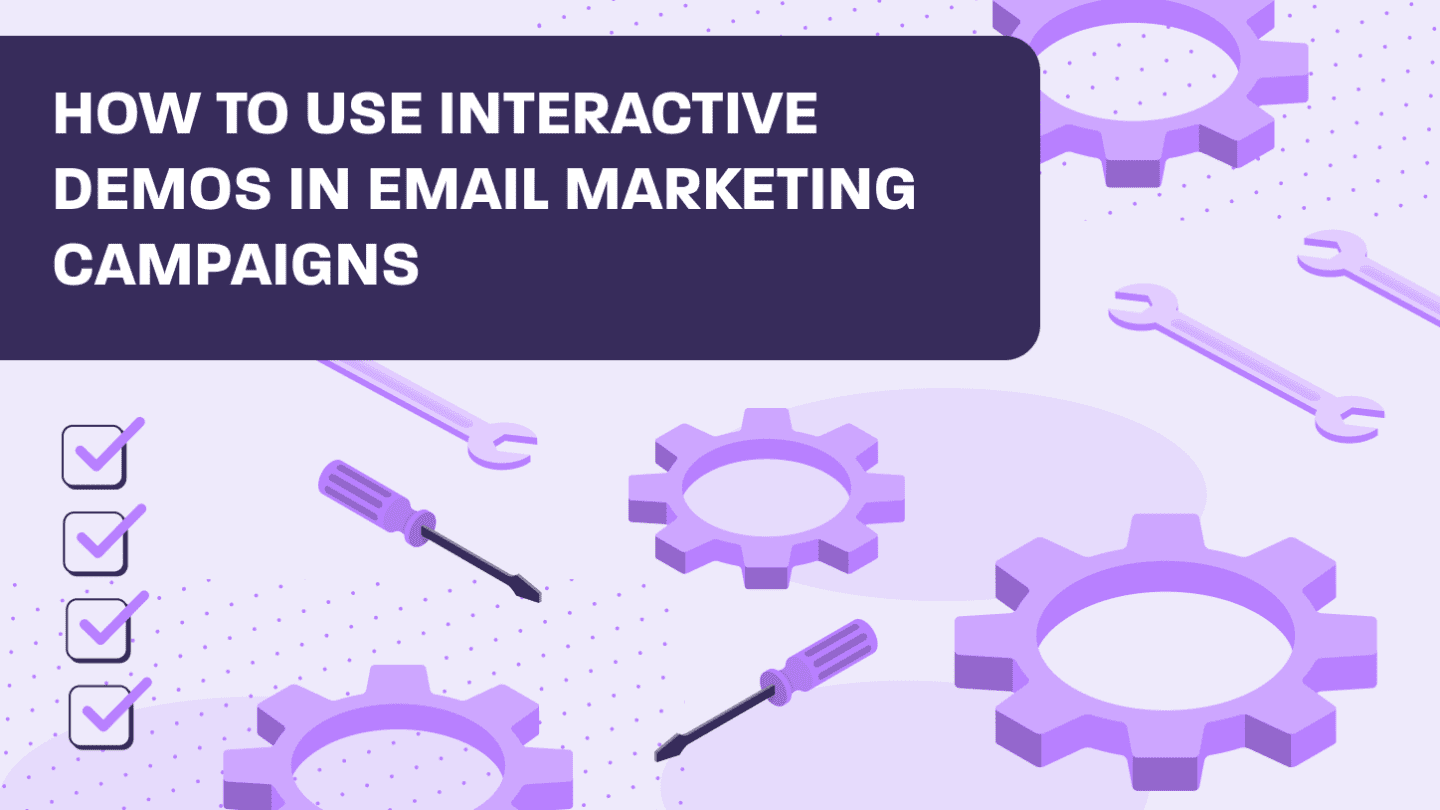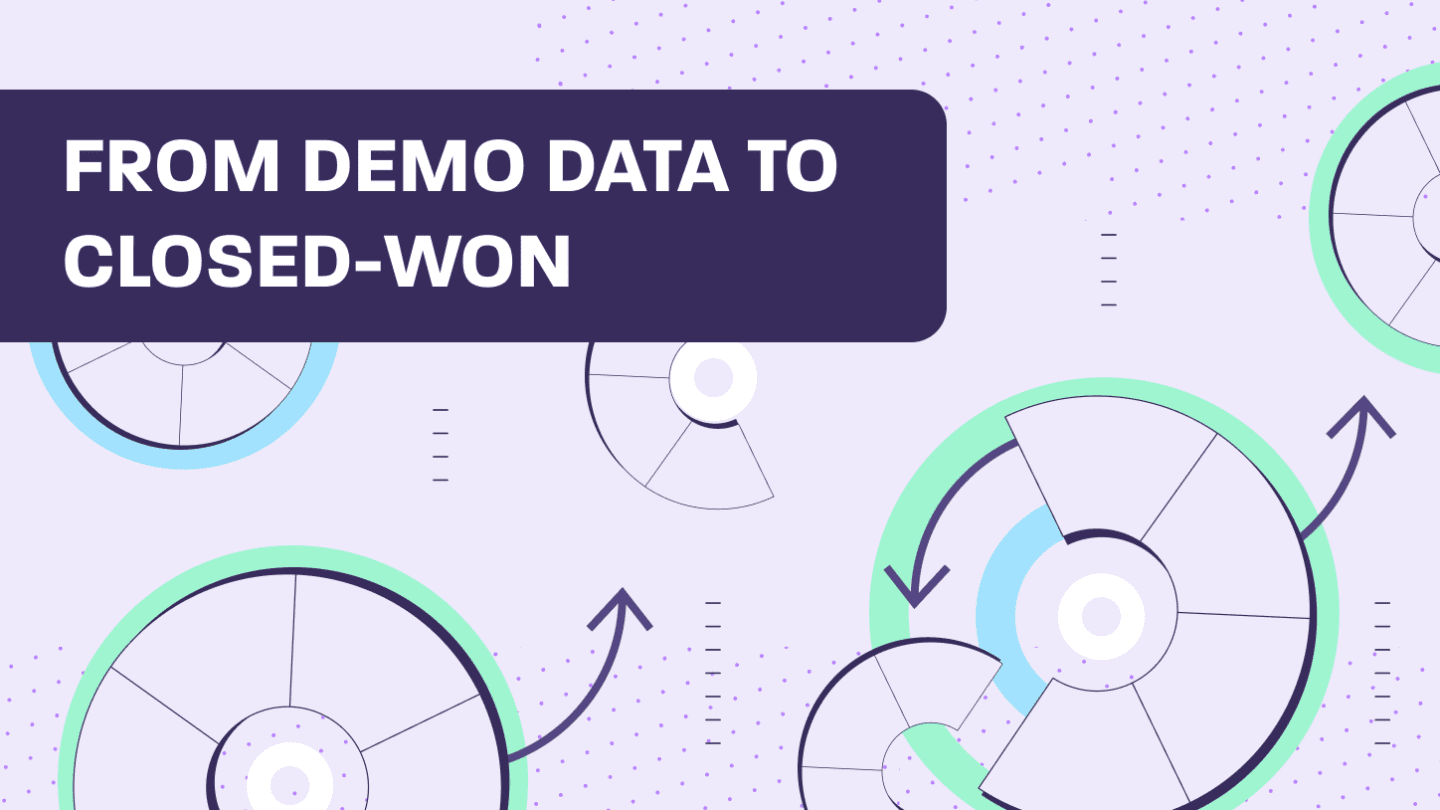In today’s SaaS landscape, buyers don’t want cookie-cutter sales experiences. They expect interactions that speak directly to their role, their challenges, and their goals. That’s why sales personalization has shifted from a “nice to have” into a mission-critical strategy. According to G2, one-size-fits-all sales tactics no longer work—buyers expect vendors to adapt their messaging, demos, and offers to their specific needs.
But here’s the challenge: personalization at scale often feels impossible. Sales teams are stretched thin, presales resources are overbooked, and AEs are stuck balancing volume with quality. The key is realizing that scaling personalization doesn’t mean automating everything. It’s about finding the right balance between technology and human insight.
Here are five proven ways to bring sales personalization to life at scale.
1. Shift Your Mindset: From Account Coverage to Individual Buyers
Winning teams don’t chase broad account coverage. They zero in on one person at a time—the decision maker, the champion, or the influencer who matters most.
Instead of blasting generic outreach, reframe your mindset around answering: Will this message or demo get me a meeting with this person?
Personalization isn’t about sending 1,000 emails—it’s about making the 10 that matter feel relevant, contextual, and valuable.
2. Leverage Technology Without Losing the Human Touch
AI, LinkedIn Sales Navigator, CRM enrichment, and demo platforms like Walnut can all supercharge personalization efforts:
- Artificial Intelligence (AI) plays a pivotal role in this transformation. AI-powered platforms can analyze vast amounts of data, identifying patterns and insights that human sales professionals might miss. This includes predicting buyer behavior, segmenting audiences with precision, and even generating personalized content at scale. For instance, AI can help identify the optimal time to reach out to a prospect, suggest the most relevant product or service, or even craft a customized email subject line that is more likely to be opened.
- LinkedIn Sales Navigator is an indispensable tool for targeted prospecting and relationship building. It allows sales teams to identify key decision-makers, understand their professional networks, and gain insights into their companies and industries. This rich data enables sales professionals to tailor their outreach with highly specific references to shared connections, company news, or industry trends, making their messages resonate more deeply.
- CRM (Customer Relationship Management) enrichment tools further enhance personalization by automatically populating and updating customer data within a CRM system. This ensures that sales professionals always have access to the most current and comprehensive information about their leads and customers, including contact details, companyographics, purchase history, and engagement patterns. With accurate and up-to-date data, sales teams can craft personalized communications that reflect the buyer’s unique journey and needs, eliminating the need for manual data entry and reducing the risk of errors.
- Finally, demo platforms like Walnut are revolutionizing the way sales demonstrations are conducted. These platforms allow sales teams to create interactive, personalized product demos that are tailored to each prospect’s specific pain points and use cases. Instead of generic walk-throughs, sales professionals can highlight features most relevant to the prospect, answer their questions in real-time within the demo, and even allow prospects to explore certain aspects of the product on their own. This highly engaging and personalized demo experience significantly increases buyer understanding and accelerates the sales cycle.
By strategically integrating and leveraging these advanced tools—AI, LinkedIn Sales Navigator, CRM enrichment, and demo platforms like Walnut—sales organizations can achieve unprecedented levels of personalization at scale, building stronger relationships with modern buyers and ultimately driving more successful sales outcomes.
3. Personalize Beyond the First Touchpoint
Most sales teams overinvest in personalizing the first outreach and then fall back into generic sequences. Data shows that later touchpoints (3–5) often convert at higher rates.
Instead of putting all your effort into touchpoint one, spread personalization throughout the buyer journey:
- Drop in an interactive demo link in follow-up outreach.
- Share a case study aligned to their industry pain point.
- Highlight usage data or customer insights in your second or third interaction.
- Introduce Interactive Demo Replays (IDRs) to allow buyers to revisit key product moments, share internally, or explore specific features at their own pace after a live demo.
Consistency is what builds trust.
4. Use AI to Aggregate Insights, Not Write Scripts
AI shines when it comes to gathering intelligence you can use to personalize outreach:
- Feed in competitor case studies or industry reports and ask AI to summarize the top three concerns a CFO or VP of Sales might have.
- Use demo analytics to see which product features prospects engage with most, then tailor follow-ups around those needs.
This way, you’re not asking AI to “be you.” You’re asking it to make you sharper, faster, and more informed.
5. Constantly Optimize Your Sales Personalization Process
Personalization isn’t “set it and forget it.” High-performing teams dedicate time every two weeks to review what’s working and what’s not:
- Which demos drove higher engagement?
- Which email templates earned the most responses?
- Which personalization tactics helped shorten the sales cycle?
Think of it like compounding interest: getting 1% better every two weeks creates exponential improvements over time.
Why This Matters
Modern buyers are overwhelmed by noise. In fact, 75% say their last software purchase was “very complex or difficult.” Sales personalization cuts through the clutter, builds trust faster, and helps buyers feel confident in their decisions.
And with tools like Walnut, personalization doesn’t have to be a bottleneck. You can templatize demo flows, insert prospect-specific variables, and deliver failure-free, interactive demos that make every buyer feel like your product was built just for them.
Final Takeaway
Sales personalization at scale isn’t about automation—it’s about relevance. By shifting your mindset, leveraging technology wisely, personalizing every touchpoint, using AI for insights, and consistently optimizing, you’ll not only meet buyers where they are but also stand out in a crowded market.





